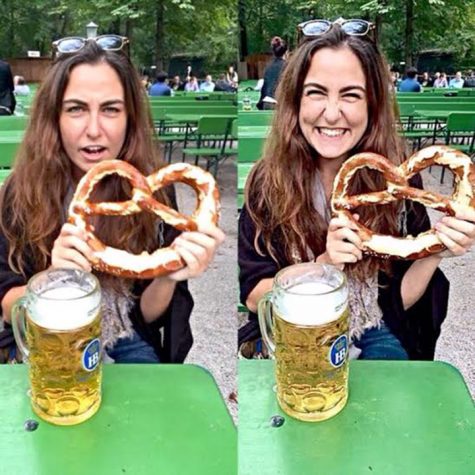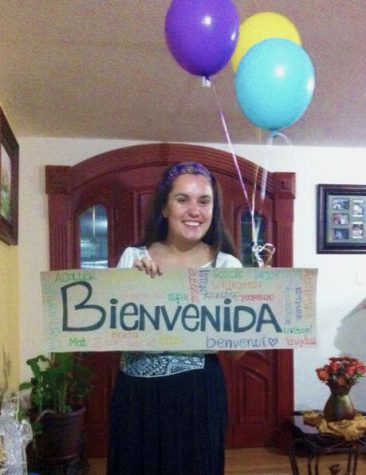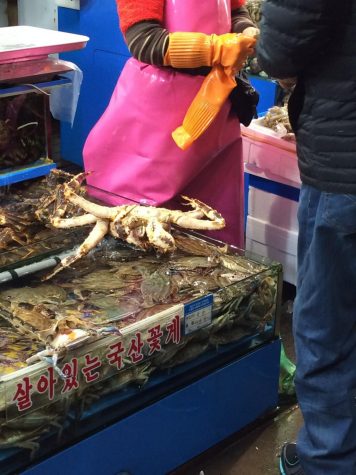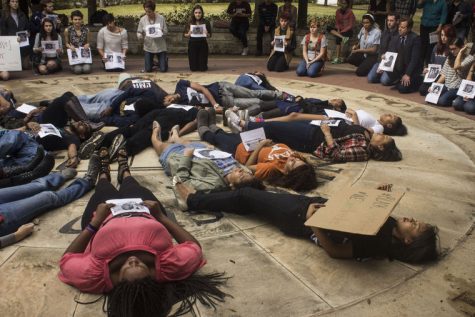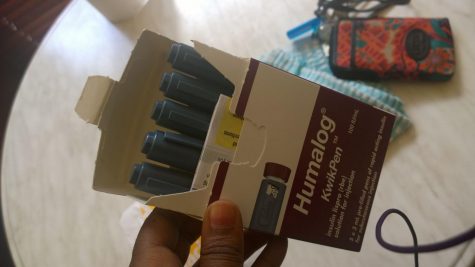KOBLENZ: Karneval Culture in Rheinland
Helau! Karneval season is officially over in Germany, but I’m so glad that I was here to witness this fascinating time of year. Ever since I arrived, colorful costumes have been brightening up the streets of Koblenz and seeing people meeting for lunch dressed in full medieval attire has been the norm. Before I came to Germany, I didn’t know anything about Karneval so it was definitely a surprise at first—they get very festive around this time of year—but I soon found out that I enjoyed observing all the crazy costumes and the ever expanding selection of Karneval baked goods and decorations.
Karneval, or Fastnacht, has been a tradition in the Rheinland area since the Middle Ages and the celebration lasts for months, from November 11th to the final Parade on Rosenmontag in February. The cold weather doesn’t appear to dampen anyone’s spirits, and celebrations continue in weather that would inspire most Texans to stay inside and drink lots of hot chocolate. Like a lot of things in Germany, it’s very local—Fastnacht takes place primarily in Rheinland, with the largest celebrations in Cologne and Mainz, although different versions of it can be found in Bavaria and Switzerland. I went to Mainz on Rosenmontag, the final day of Fastnacht, and it was an experience unlike anything I have ever seen!
First of all, the costumes are fantastic. Everyone dresses up as the strangest things, from apples, bananas, and oranges to cowboys, FBI agents, and fairy tale characters. Animals are very popular too; I’ve seen a few skunks, elephants, bumble bees wandering around. Oftentimes people seemed to dress as a group—my favorite was a group of boys who had dressed up as characters from Grimm’s Fairy Tales. One was little red riding hood, carrying a basket of beer for the grandmother, who was also a boy in heavy makeup and a wig. They were chased by a wolf and a huntsman, of course. I went as a cowgirl, in part because it was so easy; I already had the boots!
The Parade on Rosenmontag was absolutely amazing! It seemed like an endless line of floats, bands, carriages and dancers. The people in the floats tossed candy, food, toys, and other small items at the onlookers. I was especially proud to catch a pretzel, in part because the parade lasted almost 6 hours and I was hungry! It was truly amazing what things they just gave away during the parade. One float was a mobile bar that gave beer away, while others gave chocolate or baked goods. The Germans use the parade as an opportunity for political satire, which was easier to understand than I thought it would be because it was targeted at well-known issues like the Euro Crisis. In Mainz people also wear Schwellköpp, large paper mache heads, in the parade. Each is unique and represents a specific Mainz character, although the meaning was lost on me. It’s a huge honor to be in the parade; in Cologne, for example, you have to have been born there to participate.
Fastnacht also has its own special music; they sing it in the squares, on the bus, and all through the streets. While it is uncommon in Germany to greet people that you meet on the street, during Karnival people greet one another with a friendly “Helau!” There are even official Karneval colors—red, white, blue, and yellow, which are on flags and scarves everywhere.
Fastnacht was both one of the strangest and most interesting traditions I’ve seen in Germany so far. I wish we had similar costumes for Halloween. Maybe the trend would catch on and everyone would start dressing up as hedgehogs or giant teddy bears!


